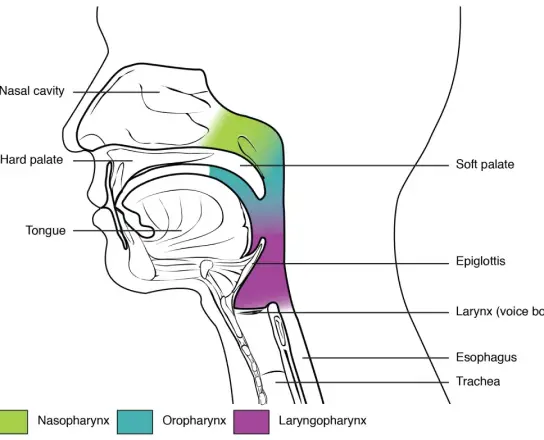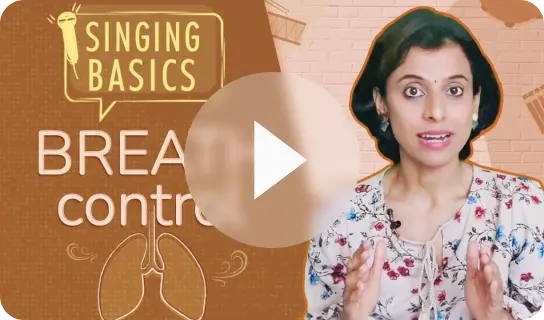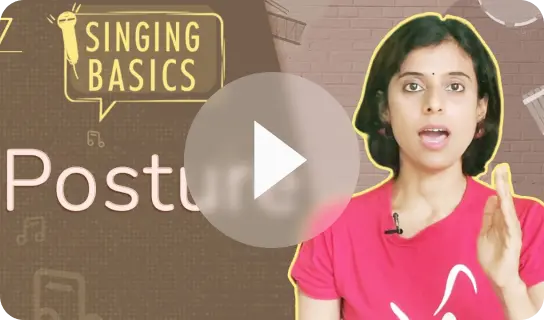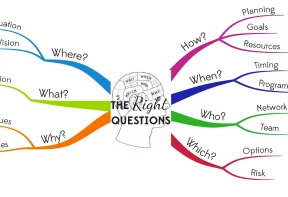1.1. Vocal Basics and Breath Control

1.1 Vocal Basics and Breath Control
Objective: Introduce students to the fundamentals of vocal techniques and proper breathing to enhance vocal control and expressiveness.***
Singers need to express emotions vocally with great passion, but with sufficient control that the audience can identify with the portrayal of emotion and at the same time enjoy the brilliance of the musical sound. We know from speaking voice research that emotions are reflected, for example, in voice quality.1, 2, 3 For singers, the act of emotional expression is particularly demanding because the voice apparatus is already working at full capacity for singing alone.
The optimal function of the voice in singing is usually achieved through the physical activity of the body, the breathing mechanism, the laryngeal muscles, and the articulators, which we refer to as “the singing technique.” The continuously changing optimal alignment of bony and cartilaginous structures along with exactly the right amount and distribution of muscle function are required to be able to achieve each pitch in a piece of music with a stylistically relevant timbre of voice.4, 5, 6
Emotions change the voice tone,7 often deteriorating it from optimally balanced phonation; this is true for both the singing and the speaking voice. In the world of singing, there are genre-specific esthetic quality standards to which a singer must adjust. The stylistic differences also manifest themselves under the umbrella concepts of “classical” and “popular” music. There are distinct technical differences in singing baroque versus opera or musical theater versus soul.4 When expressing emotions, singers need to be aware of the effects that emotional expression exert on the voice so they can send their acoustic message without compromising the sonority of the voice too greatly.
Manipulation of the vocal tract length (VTL), measured from the glottis1 to the lips, is the main way to alter the vocal tract volume (VTV), a measure of the space inside the vocal tract. By altering the vocal tract volume, one can make their voice sound lighter or darker.

Much of the emotional information in the speaking voice is perceived from pitch, tempo, loudness, and rhythm, the use of which is restricted in musical performance.8, 9 If a singer follows the written music very strictly, the voice quality is really the only parameter that can be freely varied. This is true for both contemporary commercial music (CCM) and classical styles of singing. In speech and singing, the term “voice quality” refers to “the long-term auditory coloring of a person's voice.”10 In a broad sense, it is the combined product of both laryngeal (phonation-related) and supralaryngeal (articulation-related) factors.
Different styles of singing require the use of different voice qualities.11, 12, 13 One needs to configure the phonation and articulatory settings differently for almost every musical style. For example, in bossa nova, the phonation settings are often breathy, while articulatory settings function at full throttle to make rhythmical distinctions. One of the key technical elements in opera is to be loud enough to be heard over the orchestra without electric sound amplification, so the singer configures the apparatus to take maximum advantage of vocal tract resonances.14 In some styles of the heavy metal, singers need to adorn the voice with constant distortion, making the underlining voice quality sound harsh.15 On top of this rather stable “stylistic voice quality,” a singer makes another layer of smaller changes that mark the rendition of the emotional content of a song. Regardless of the genre or emotional content of the song, the singer needs basic skills to control the vocal apparatus to match pitches, produce dynamic variation, and deliver efficient articulation and various side sounds (like sighs, grunts, etc) where needed.



Explore other lesson examples










